The temporary exhibition in Shanghai blends tangible and imaginary elements for an immersive and otherworldly experience for visitors.

February 28th, 2023
Inspired by the mythological Yùtù, a Chinese rabbit that lives on the moon, ROBBi is one of the most collectable figures on the Chinese market amongst Millennials and Gen Z. The space rabbit is, in short, fabulous.
ROBBiverse is effectively the world of nine planets that ROBBi inhabits and for 2023, the year of the rabbit, ROBBiArt (the brand behind ROBBi) have collaborated with iconic brands China Aerospace, MCM, NBA, NEW ERA, Aston Martin and Creed to create a new range of ROOBi.
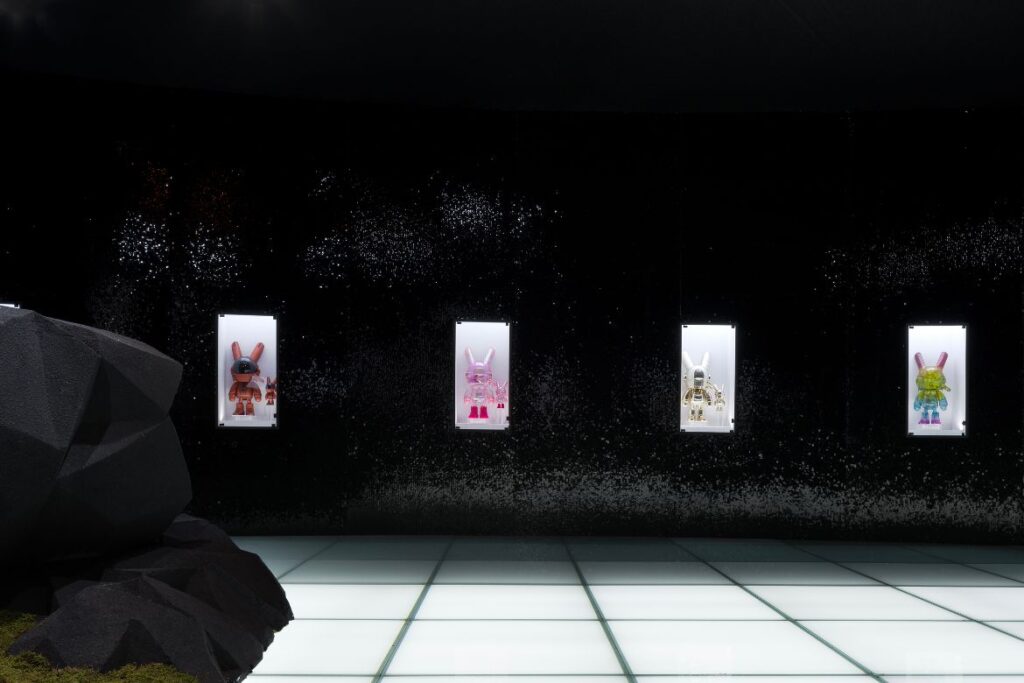
Showcasing these fun characters is ROBBiverse, a world created by Quarta & Armando (Q&A), who posited the notion of a mysterious figure in a rabbit helmet who has just landed in Shanghai.
“ROBBi is a mystery to all, as no one knows what lies inside their aerospace helmet. However, their striking resemblance to a rabbit has made them a favourite for brand collaborations, especially during the Year of the Rabbit in the lunar calendar,” says ROBBIArt.

Located in Shanghai within the iconic Thomas Heatherwick’s building, 1000 Trees, the exhibition coincides with the building’s anniversary. To this end, ROBBiverse plays on location with moss and trees within the space age settings. That said, for the most, the exhibition is pure space, with sparkling silver rooms, matte black faceted rocks within matte black interiors and glittering distant galaxies.
Blending tangible with imaginary elements, the settings are both real and fantastical. The black faceted rocks for example, defy gravity being positioned on the floor, mid-air and above. Meanwhile a constellation of stars shimmers through the voids. The human scale ROBBi’s mid sheen silver suit is thrown into sharp contrast here, while their (neither male or female) helmet visor and chrome detailing reflect a sparkling universe. However, surrounding the black objects, is a natural border of soft spongy moss, as though these elements had just landed. The effect is slightly discombobulating with terra-firma and the unknown so closely positioned.

Countering this dark world is an arrival installation of pure silver. Here, the large curved wall of the exhibition entrance is covered in silver sequins. ROBBi is subtly written across the face of this large wall in an ever so slightly paler silver sequins. So, while the letters are huge, the branding is inconspicuous. Here, the ROBBi figure, again at human scale, is seated on a modernist silver bench with the visor reflecting visitors as they approach the entrance. They are also mid-seat, making it perfect for fans to sit either side for photos. Q&A’s stage craft is at its best here with a long, curved corridor of silver sequins that is long enough for the interior to be hidden from the entrance. Effectively it invites the viewer to step into the unknown as a neat unspoken metaphor for the philosophical conundrum of space travel itself.
Providing connectivity throughout the 160-square-metre space is a grid like floor not dissimilar to disco floors of the ‘70s. Rather than flashing with coloured lights however, the floor is a softly glowing white grid. As the main curving wall continues, silver gives way to black with scatterings of pin prick lights depicting distant galaxies. Set within this wall are lit displays of the various ROBBi figures, and while they somewhat break the experiential nature of the exhibition, they are highly attended and completely necessary to the exhibition.

The exhibition is in fact a delight of figure and fantasy with the ROBBi figures beautifully ensconced within their natural environment.


.
ROBBiverse Experience
Client: ROBBiART
Location: Shanghai
Design: Quarta & Armando (Q&A)
Design team: Gianmaria Quarta, Xinyi You, Carlin Sun, Michele Armando, Lorenzo Trucato
Built Area: 160 sqm
Date of Completion: January 2023
INDESIGN is on instagram
Follow @indesignlive
A searchable and comprehensive guide for specifying leading products and their suppliers
Keep up to date with the latest and greatest from our industry BFF's!

The undeniable thread connecting Herman Miller and Knoll’s design legacies across the decades now finds its profound physical embodiment at MillerKnoll’s new Design Yard Archives.
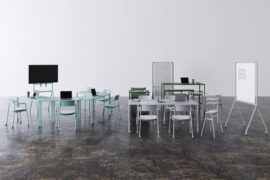
Welcomed to the Australian design scene in 2024, Kokuyo is set to redefine collaboration, bringing its unique blend of colour and function to individuals and corporations, designed to be used Any Way!

London-based design duo Raw Edges have joined forces with Established & Sons and Tongue & Groove to introduce Wall to Wall – a hand-stained, “living collection” that transforms parquet flooring into a canvas of colour, pattern, and possibility.
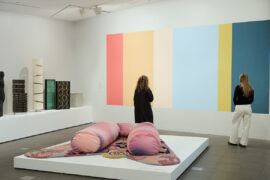
At the NGV’s Making Good: Redesigning the Everyday, design becomes a force for repair. From algae-based vinyl to mycelium earplugs, the exhibition proves that rethinking the ordinary can reshape our collective future.
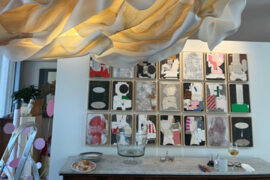
Held in a private Melbourne residence, Fletcher Arts’ annual exhibition unites over 30 Australian artists and designers in a setting where art meets architecture.
The internet never sleeps! Here's the stuff you might have missed
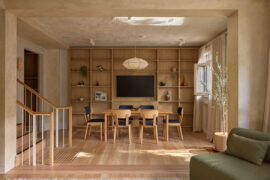
Merging residential living with the retail experience, the latest project from In Addition breathes new life into shopping for the home.
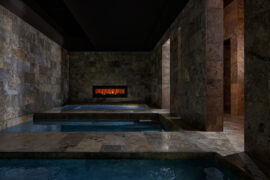
Hogg & Lamb’s Albion Bathhouse has been awarded The Health & Wellbeing Space at the INDE.Awards 2025. The project reimagines the contemporary bathhouse as an immersive architectural journey – one that restores balance through atmosphere, materiality and mindful design.
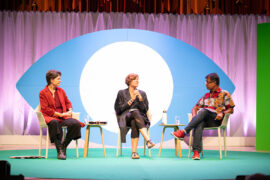
At the World Design Congress in London, a simple idea threaded through two dense days: design is not an island. It moves inside wider systems of economics, policy, finance and ecology.
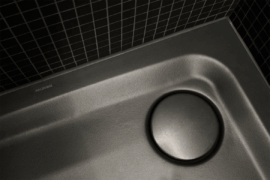
Overlooking Berlin Zoo, the suites of the 25hours Hotel Bikini Berlin curate the sustainability ethos in an entirely unique and dynamic aesthetic. Think natural fabrics and materials, jewel-hued colours, curves and cushions, spa-like bathrooms and hammocks with views over urban greenery.